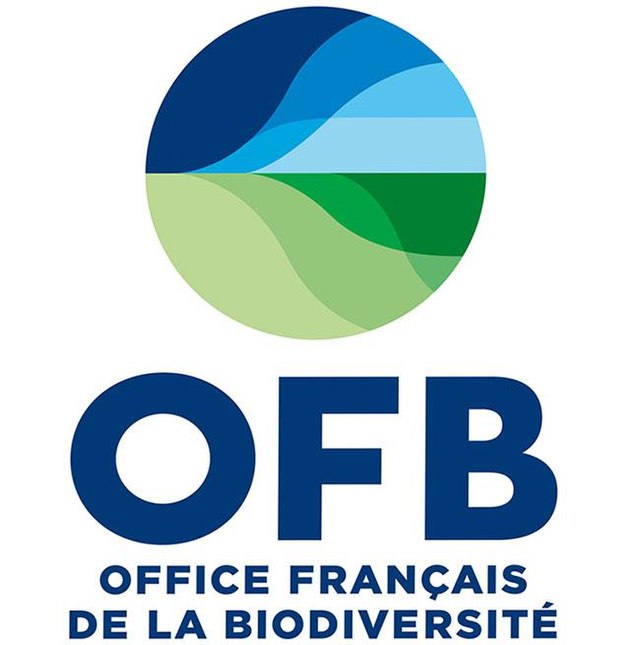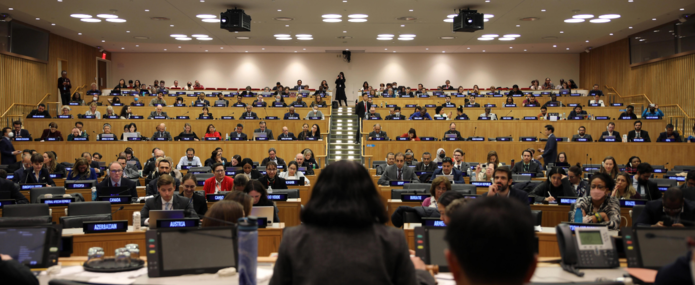

On Saturday March 4, 2023, the President of the Intergovernmental Conference (IGC) tasked with elaborating an Agreement to protect global ocean biodiversity declared, “The ship has reached the shore”. After a long and winding road of more than 15 years of discussions, consensus on an Agreement to ensure the conservation and sustainable use of biodiversity in marine areas beyond national jurisdiction (BBNJ) has finally been reached. What is in the Agreement, what could it do, and what happens next?
Conservation and compromise
This consensus is a striking success for multilateralism and an historic development of the legal regime for the Ocean that will fill gaps in the UN Convention on the Law of the Sea (UNCLOS). The treaty will put in place processes for protecting the marine environment, resolve a longstanding dispute over the common heritage of humankind principle1 , and strengthen capacity building and technology transfer, thereby enabling all States to take part in the management of this vast global commons.
By imposing a legal obligation to ensure conservation and sustainable use, recognizing the inherent value of biodiversity, and calling for Parties to “act as stewards of the ocean” the Agreement provides a strong basis and renewed impetus for the protection of high seas biodiversity.
The Agreement enables the establishment of area-based management tools (ABMTs) for the conservation and sustainable use of BBNJ, including marine protected areas (MPAs). Parties will submit proposals, which will be assessed by a Scientific and Technical Body (STB). The Conference of the Parties (COP) will then decide whether to adopt the proposal, ideally by consensus but with the possibility of a ¾ majority vote2 . An opt-out procedure was reluctantly included, allowing a Party to justify a derogation from the majority-approved measure.
The Agreement aims to promote cooperation and coordination, and negotiators had to make sure that it will “not undermine” the diverse range of instruments, frameworks and bodies (IFBs) that have a mandate on BBNJ3 . The COP will conduct consultations and make recommendations, while Parties to the Agreement must promote conservation and sustainable use of BBNJ when participating in the decision-making processes of other IFBs. Future COP meetings will no doubt have to wrangle with thorny questions regarding the precise mandates of other IFBs and the extent to which proposed conservation and management measures are coherent with existing designations.
The COP may also develop a mechanism for recognising existing measures adopted in other forums, such as the high-seas MPAs established in the North-East Atlantic by the OSPAR Commission. Parties to a number of Regional Seas Conventions and other bodies have been developing a role in managing BBNJ, so the new Agreement could provide further recognition and support for such efforts.
The environmental impact assessment (EIA) provisions of UNCLOS will be strengthened, with the BBNJ Agreement setting out a clear process that requires stakeholder consultation and involvement of the STB. Developing States had argued for an “internationalized” EIA process that would have given Parties, via the COP and other organs of the BBNJ Agreement, much greater oversight and involvement.
These proposals included the possibility of investing the COP with the power to ultimately authorize or disallow a proposed activity, but developed States were unwilling to cede their sovereignty over activities conducted by their vessels on the high seas. The Agreement therefore leaves it to the State conducting the EIA to decide whether an activity may proceed, with the role of other Parties being limited to notification and consultation.
The Agreement also includes the possibility of developing Strategic Environmental Assessments (SEA), a proactive and collaborative process to assess scientific knowledge and understand the potential impacts of future developments. These assessments could be conducted when new activities and threats to biodiversity are on the horizon, such as exploration for novel fisheries.
Resolving the marine genetic resources dispute
The Agreement resolves the seemingly intractable disagreement regarding the legal status of marine genetic resources (MGRs), which are being used to develop pharmaceuticals, cosmetics, and other products. States from the global South had insisted that MGRs are part of the common heritage of humankind and that rules should be drawn up to regulate access and share the benefits of exploitation; whereas developed States wanted MGRs to remain largely unregulated with no obligation to share future profits.
The deadlock began to break in the first week, as developed States agreed to make up-front payments to a special fund, in addition to their ordinary budget contributions. Rather than being distributed amongst all Parties–as is the case for seabed minerals–monetary benefits will be used to support implementation of the Agreement, thereby promoting conservation, sustainable use, and capacity building. Disagreement nonetheless remained over further payments once products have been commercialized, as well as on reporting requirements and the inclusion of digital sequence information (DSI).4
A compromise was reached whereby the COP must consider further modalities for monetary benefit-sharing. In addition, provisions were included to increase transparency and the sharing of research and development outcomes, including through standardized identifiers for MGRs, regular reporting, and notification procedures.
From consensus to a convention
Although a consensus was reached, there was insufficient time to clean up the text and formally adopt it. The President therefore suspended the conference and a short resumed session will be held to adopt the Agreement following technical editing and translation into all six UN languages.
Once adopted, there is more hard work on the horizon: obtaining the 60 ratifications required for the Agreement to enter into force; assessing the capacities and needs of States; building up the institutional framework; and advancing the scientific knowledge needed to support effective decision-making.
The final Agreement also assigns much work to the first meeting of the COP. In addition to establishing the relevant institutional structures5 , the COP will have to decide the rate of contributions to the benefit-sharing fund, specify the role of the Global Environment Facility in providing financial support, and develop the relevant consultation and assessment processes for conservation measures and impact assessments.
Setting sail
The effectiveness of the BBNJ Agreement is ultimately in the hands of governments and decision-makers. Civil society, scientists and other stakeholders are set to play a significant role, with efforts already underway to identify the next steps toward implementation and possible candidates for protected areas. The ship may have reached the shore, but another long voyage lies ahead.
- 1 The Agreement states that it shall be guided by the common heritage principle and places a particular emphasis on the freedom to conduct marine scientific research, while also recognizing the other high seas freedoms granted by UNCLOS.
- 2 This ensures that one party cannot effectively veto adoption, as has been the case in the Antarctic Treaty, where proposals to adopt new MPAs have repeatedly stalled (https://news.mongabay.com/2022/11/negotiations-to-conserve-antarctic-ocean-end-in-stalemate-on-many-issues/) due to the objections of a small number of Parties.
- 3 E.g. the International Maritime Organization (https://www.imo.org/) regulates shipping and the International Seabed Authority (https://www.isa.org.jm/) regulates mining. There are also many Regional Fisheries Management Organizations (RFMOs) that regulate certain fish stocks, though they have not proven effective (https://savethehighseas.org/wp-content/uploads/2020/10/Preventing-Biodiversity-Loss-in-the-Deep-Sea-SUMMARY-REPORT-Oct-2020.pdf) in terms of biodiversity protection.
- 4 DSI generally refers to digital data related to or derived from sequencing processes of genetic resources. For developing States, it was crucially important to include DSI in the benefit sharing provisions of this agreement because it is widely known that the commercial potential of MGRs lies largely in DSI derived from them. The definition of DSI is contested (https://www.cbd.int/doc/c/079f/2dc5/2d20217d1cdacac787524d8e/dsi-ahteg-2018-01-03-en.pdf) and developed States rejected attempts to define it under the BBNJ Agreement so as not to prejudge similar discussions (https://www.iddri.org/en/publications-and-events/blog-post/biodiversity-cop15-what-future-digital-sequencing-information) under the Convention on Biological Diversity.
- 5 Including a scientific body, a capacity building committee, and a compliance committee.




